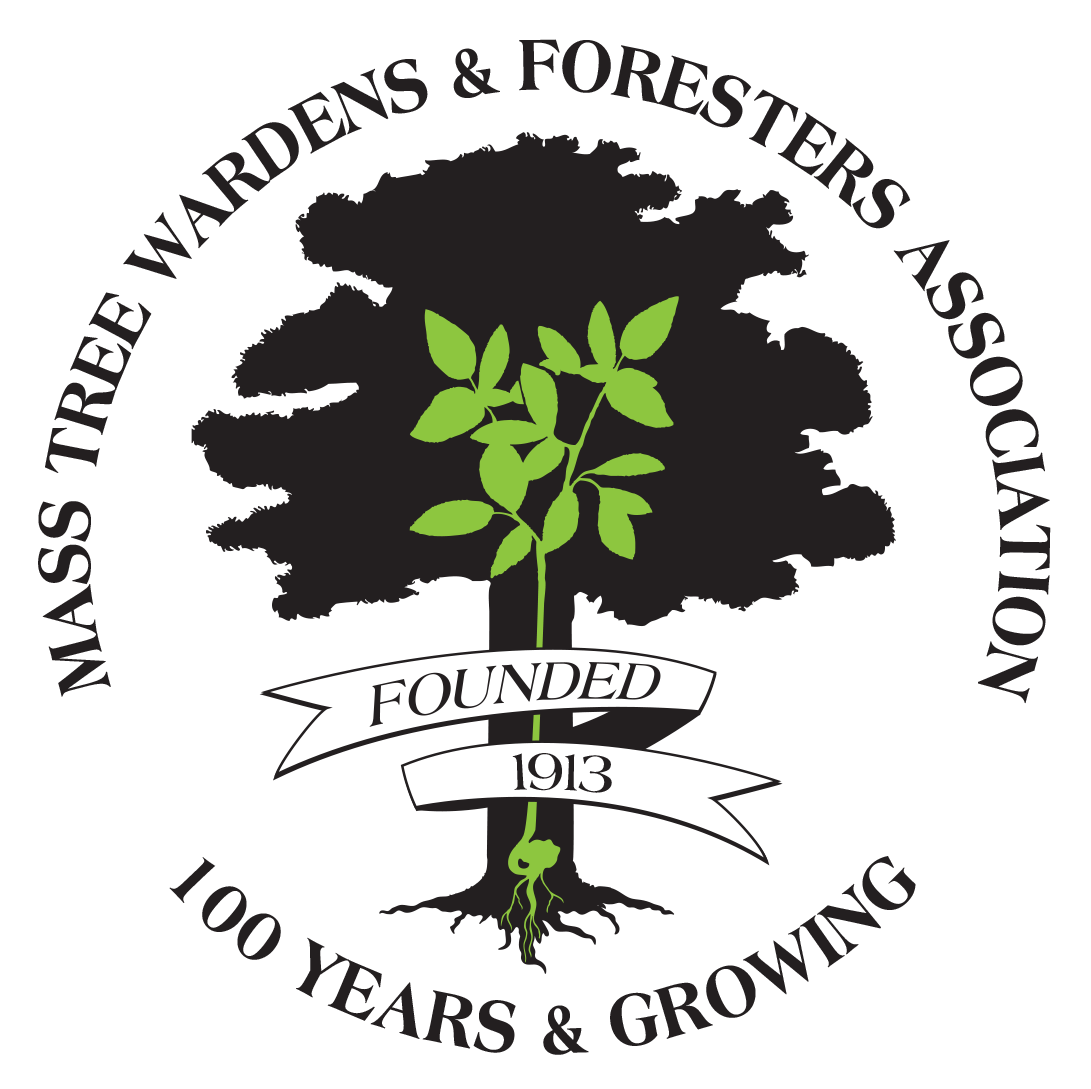1899-1999: History and Guidelines
1899
Massachusetts became the first state to mandate a tree warden for every municipality (M.G.L. Chapter 330, 1899).
1905
Legislature mandated a local superintendent of insect pest control
1985
Chapter 765 changed the title of the local superintendent of pest control to the local superintendent of shade tree management and pest control. This changed the scope of the duties for this position and set up a potential conflict with the position of tree warden because of their overlapping responsibilities.
1996
Governor Weld signed an amendment (S-1082) to M.G.L. Chapter 41 that changed Section 106 relating to the appointment of tree wardens.
1985
In 1985, only 51 of the Commonwealth’s 351 municipalities had two separate individuals filling these two positions. In all the other communities, both the tree warden and the position of shade tree management and pest control were held by one person (Report of the Shade Tree Advisory Committee, 1987). The Shade Tree Advisory Committee continues to encourage municipalities to combine these two positions.
Massachusetts tree warden legislation served as a model for the rest of the country. In the earlier years these individuals were highly trained and knowledgeable professionals. Unfortunately, a combination of shrinking municipal budgets and a series of enabling acts that have combined the position with several others has seriously decreased the number of qualified individuals holding the position of tree warden. Employment of an unqualified tree warden may threaten not only the health and safety of the general public but also the future of a community’s trees (Report of the Shade Tree Advisory Committee, 1987).
1996
On September 28, 1996, Governor Weld signed an amendment (S-1082) to M.G.L. Chapter 41 that changed Section 106 relating to the appointment of tree wardens. This law now requires that appointed tree wardens in towns and cities with populations greater than 10,000 “be qualified by training and experience in the field of arboriculture and licensed by the Department of Food and Agriculture…” The term of the appointment was newly set at three (3) years (THE CITIZEN FORESTER, #17, Oct. 1996).
The structure of the above stated language has led to some confusion as to the definition of “licensed by the Department of Food and Agriculture.” The license which is referred to in M.G.L. Chapter 41 Section 106 is a pesticide license. This license in no way certifies whether or not a person is “qualified by training and experience in the field of arboriculture” as required in M.G.L. Chapter 41 Section 106.
1999
In 1999, in order to show what is considered to be “qualified,” the Massachusetts Tree Wardens’ & Foresters’ Association, the Massachusetts Department of Environmental Management (now DCR), the USDA Center for Urban & Community Forestry, and the University of Massachusetts Urban Forestry Program cooperated to create a recommended set of requirements for tree wardens. The information below is intended to serve as an advisory for cities and towns seeking clarification of the definition of “qualified” as stated in M.G.L. Chapter 41 Section 106.
While the 1996 amendment did not establish a standard qualification, it is the intention of the 1999 report to provide municipalities with the information that they need to ensure that their municipality has a qualified tree warden. It is not the intention of the report to replace all of the tree wardens in Massachusetts who do not meet the new recommended qualifications at this time. The committee believes that existing tree wardens who are doing a commendable job should be grandfathered. However, when a new tree warden is appointed, the 1999 report established and recommended guidelines based on the population of the municipality.
1999 Guidelines
Population > 500,000
- Bachelor of Science Degree in Arboriculture / Urban Forestry or a related degree
- Certified Arborist
- Five (5) years supervisory experience in commercial or municipal tree care
- Massachusetts Pesticide License within 90 days of employment
Population > 100,000
- Associate of Science Degree in Arboriculture / Urban Forestry or a related degree
- Certified Arborist
- Five (5) years supervisory experience in commercial or municipal tree care
- Massachusetts Pesticide License within 90 days of employment
Population >75,000
- Associate of Science Degree in Arboriculture / Urban Forestry or a related degree
- Certified Arborist
- Three (3) years supervisory experience in commercial or municipal tree care
- Massachusetts Pesticide License within 90 days of employment
Population > 10,000
- Associate of Science Degree in Arboriculture / Urban Forestry or a related degree
Preferred but not required:
- Certified Arborist
- Three (3) years supervisory experience in commercial or municipal tree care
- Massachusetts Pesticide License within 90 days of employment
Population ≤ 10,000
- Certified Arborist
- Three (3) years supervisory experience in commercial or municipal tree care
In addition, the committee also suggests that in some instances, particularly in the case of smaller towns, a consulting tree warden might be in order. The idea of a joint appointment might also be considered, i.e., a single qualified individual might be able to serve several small adjoining communities (Report of the Shade Tree Advisory Committee, 1987).
The committee further recommends that even the smallest communities should be inspected by a qualified person annually for hazards that could affect the safety of the public way or the health of the community forests.
H. Dennis P. Ryan, Arborist, University of Massachusetts, Dept. of Natural Resources Conservation David J. Bloniarz, Urban Forester, USDA, Northeast Center for Urban & Community Forestry
